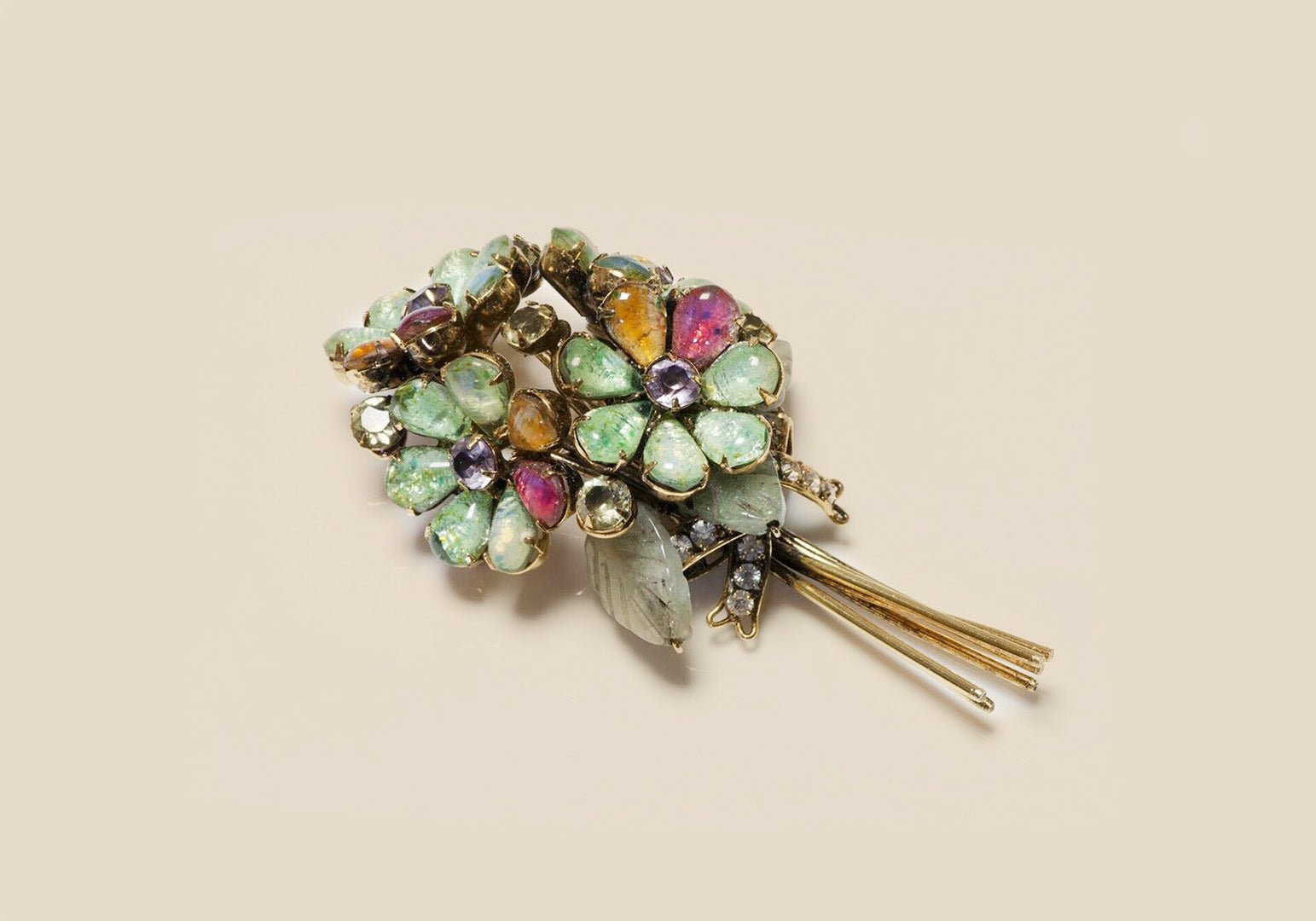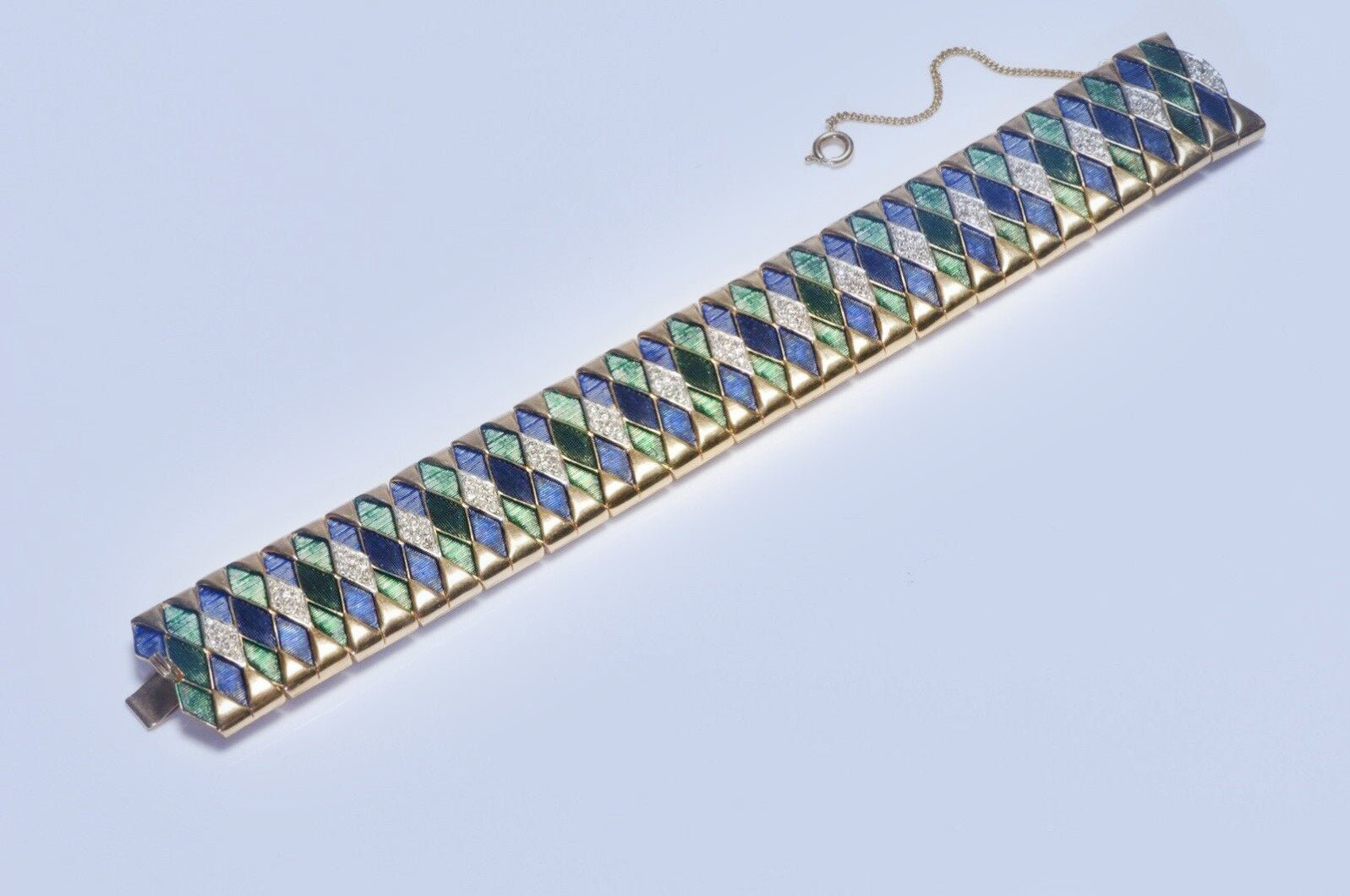The Story Behind the Fabergé Fakes
Some people did not limit themselves to only admiring the beauty of the great creations of Pierre Carl Fabergé and the influence that the characteristic style of the Fabergé House had in the world of art. They tried to plagiarize him entirely by using the name "Fabergé" to sell their own so-called "works of art".
How did the fake Fabergé creations come into being? This is the intriguing question we will try to answer in the article below.
Fabergé has been a constant source of inspiration and new ideas for many accomplished jewelers. Some of them worked under his direct guidance, while others in his workshops in Moscow or abroad. This explains the fact that there are very big differences in his "animal" style. Some of these animal figures are of absolute perfection, while others appear as much more stylized achievements, depending on the workshop they come from.
On the other hand, Fabergé sought collaborations with important artisans and jewelers from abroad in order to be able to supply the constant demands of its demanding clientele. For example, Cartier cut the rock crystal needed to make the floral arrangements. Another notable collaborator of the Fabergé House was Feodor Rückert, who was appointed to send the "cloisonne" email.
Then, there is the fact that Fabergé himself purchased certain works of art during his travels, which were then sold in his shops. So buying an object from Fabergé stores is not necessarily sufficient proof of its authenticity.
After Fabergé's death, many artisans who worked for him in Russia emigrated to the West, reproducing many of his iconic pieces.
For example, a workshop in Helsinki produced a large number of animals carved from hard stone, which were often taken as original Fabergé. Another workshop in Paris produced various objects under the direction of Eugenio Fabergé and Andres Marchetti. Silvio Marucelli and Stiquel also worked in Paris to change the appearance of commercially purchased pieces to give them a Fabergé outlook.
Finally, the exhibition of Fabergé works held in Europe and America between 1933 and 1949, together with a fascinating book about his life, aroused the world's interest in having a Fabergé object. This led to innumerable Fabergé imitations.
There are three types of Fabergé fakes
1. Original objects from his workshop that have been restored, redecorated with precious stones or other special objects that returned to the company they came from. These semi-fakes are a bit impossible to detect.
2. Objects created by counterfeiters that were contemporary with Fabergé such as Karl Hahn or Friedrich Kochli. Only an expert is able to detect these kinds of fakes.
3. After 1953, copies were made after the original Fabergé objects, which were made by the legendary house in only one copy.
Despite all the attempts to be copied, Fabergé remains an original luxury house, sophisticated and unique in its own way, through the ingenious and precious works the brilliant designer has given to the world.
The authentic Fabergé jewelry pieces and objects do not cease to surprise and delight us.


















